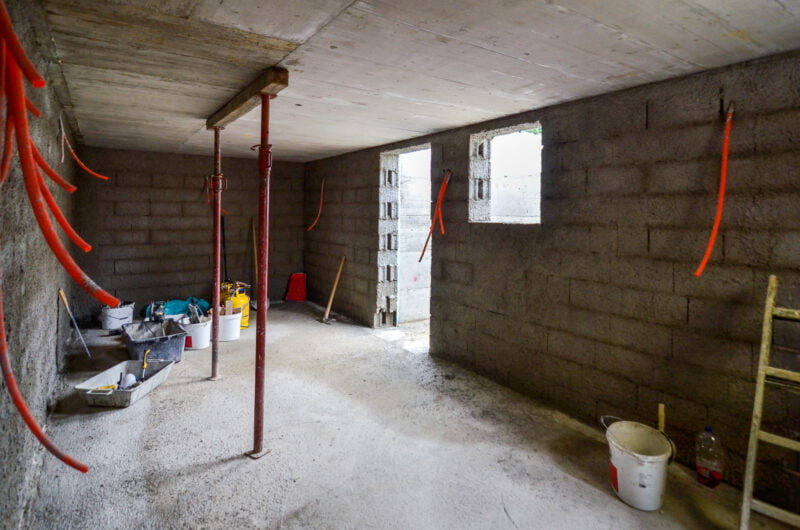How often do you visit your basement? If it’s a finished basement, you’re down there all the time, but if it’s just storage, then you can go weeks without going there. Time takes its toll on basements, and you may discover wet carpeting, seepage or cracks that let in water.
This has tremendous impact on not only the items in your basement, but also promotes mold growth. Mold is not only unsightly, but also causes health issues including breathing problems. If you notice water in your basement, then you need to know how to waterproof a basement.
This guide examines the three most popular methods of waterproofing available.
How to Waterproof a Basement: Interior Waterproofing
The most common issues with basement flooding and water damage are cracks or holes in the walls that allow water to flow in from the outside. If you want to stop the water, then you need to seal the holes and cracks.
If the cracks or holes are small, then you purchase specialized sealants. They last a long time and can keep the water out. This is only for cracks and holes you can see. There may be cracks and holes behind water heaters or are otherwise inaccessible.
Indoor waterproofing is the least expensive method because it just needs sealant and little elbow grease. The sealants are good for reducing humidity and stopping condensation. The biggest issue with this is the root cause of the water coming in is outside.
Sealants can be a temporary fix, but if you want it to stop completely, then you’ll need to work on the exterior.
Exterior Waterproofing Your Home
If the water reaches your basement, then it’s coming in from the outside and entering through cracks and holes. Exterior waterproofing is much more involved than simply sealing a few cracks. The cracks can be below the soil line or in the foundation.
The ground requires excavation to get access to these areas. This often requires machinery such as a backhoe to remove the dirt. It’s not something you can do with shovels. Once you remove the soil, use a special polymer-based sealant designed to last the life of the home.
If the cracks or holes are large, then structural work may be involved. It’s best to use professionals for basement waterproofing as this can be very expensive to undertake. Ideally, you save costs by doing this when there is construction already going on.
Fix Drainage Systems
Drainage system such as gutters divert water away from the home and to the street or yard. This helps keep water from seeping into the basement or pooling around the house. Unfortunately, many people don’t take care of their drainage systems.
Dirt, leaves, and other items clog up the downspouts and prevent water from draining. Instead, the flow over the gutters and against your home. Gutter should be cleaned yearly to prevent this.
Waterproofing is Important
A little water in the basement may not seem like a big deal, but it only gets worse over time. Knowing how to waterproof a basement can save you money and heartache down the line.
If you want to learn more about waterproofing your basement, then explore our site.




